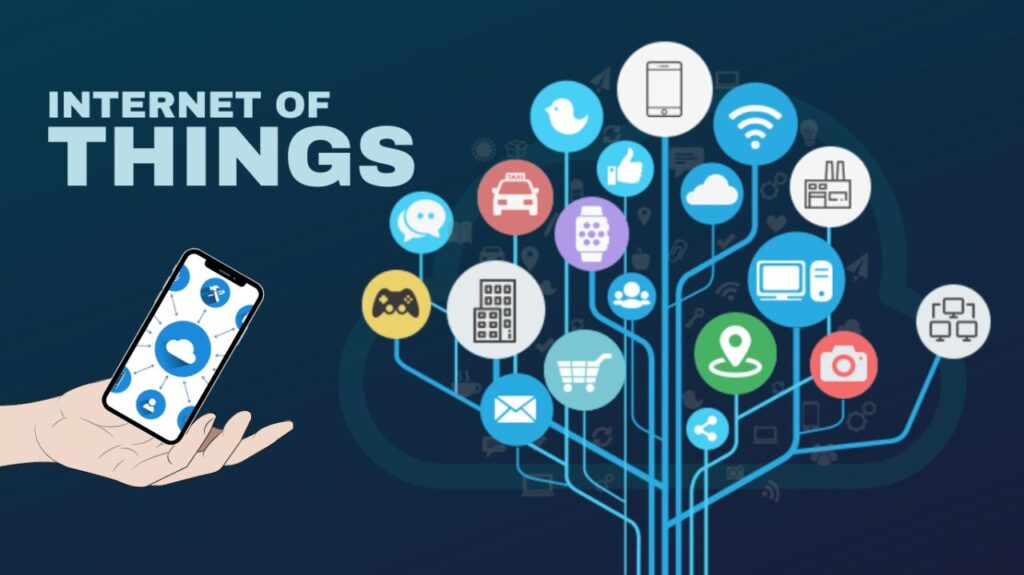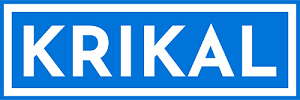The Next Generation’s Most Important Blockchain Application : The Top Seven

Introduction
Blockchain are important application, allowing businesses to create highly efficient processes and new financial models.
According to Statista, “spending on blockchain solutions will continue to grow in the coming years, reaching nearly 19 billion US dollars by 2024.” In the coming years, new technological advancements are also likely to strengthen the capabilities of blockchain and increase its adoption across industries.
We take an introductory look at the seven key blockchain trends that are likely to shape the next decade and empower businesses to accelerate efficiency, build trust, and eliminate friction.
Seven Essential Dynamics That Will Shape Block chain technology in the Future
1. Blockchain-as-a-Service (BaaS) (BaaS)
Blockchain as a Service (BaaS) is at the top of the list of blockchain trends and predictions for the future. Businesses can use BaaS to build, deploy, and use Blockchain applications. It’s similar in many ways to popular cloud computing models like SaaS, PaaS, and IaaS.
Businesses of all sizes can use BaaS solutions to leverage the power of distributed ledger technology to automate, scale, and secure their business processes because they do not need to invest large sums of money up front in building and managing infrastructure with high-end security solutions.
2. The emergence of NFT
NFTs are short for non-fungible tokens. Because they are non-fungible, each NFT has a unique value. According to Merriam Webster, “an NFT is a unique digital identifier that cannot be copied, substituted, or subdivided, recorded in a blockchain, and used to certify authenticity and ownership (as of a specific digital asset and specific rights relating to it).”
NFTs saw a dramatic increase in interest in 2020, but their popularity grew even more in 2021.
3. Cryptos are Increasing in Popularity
Cryptocurrencies are stablecoins with a twist. Stablecoins are therefore much more stable than other well-known classes of cryptocurrencies, in contrast to bitcoin, Ethereum, and thousands of other cryptocurrencies, as the name suggests.
The reason stablecoins are so popular among investor communities is that they offer the best of both worlds: the unmatched safety and security of transactions involving blockchain and cryptocurrencies and the volatility-free valuations one frequently finds in fiat currencies. So, in the upcoming years, we anticipate a rise in the adoption rate of stablecoins. But it’s also important to remember that regulators are keeping an eye on stablecoins because of their $130 billion market and potential effects on the larger financial system.
4. Government and Blockchain
Government organizations worldwide are already utilizing blockchain and related tools and technologies to increase business and citizen trust and transparency. And from what we can tell, its use in various government agencies will continue to increase.
The ease with which distributed ledger technology addresses legacy pain points and provides the following benefits is one of the main drivers behind its increased adoption in government agencies.
Government, citizen, and business data is much safer and more secure thanks to automation of numerous redundant processes. The costs of managing accountability have also been significantly reduced. The possibility of fraud and abuse has also been significantly reduced.
5. Retail and Blockchain
The worldwide retail industry faced new challenges as a result of the COVID-19 pandemic. Retail players all over the world, from household names to small-town businesses, struggled to keep their products on the shelves, stores open, supply chains moving, and staff and customers safe.
The retail sector must figure out how to adapt to the new normal as it prepares to reopen. And from what we can tell, blockchain can be a huge help. In order to streamline and drive sales with blockchain tracking, improve food safety with a transparent supply chain, enhance retailer-supplier relationships, and increase customers’ trust in the retailers, the industry is likely to design, develop, and use more blockchain solutions. Leading international brands are already utilizing the transformative
6. Ecologically sound responsible blockchain
Some aspects of blockchain application deal with the detrimental effects the technology has on society rather than innovation, sustainability, dependability, or security. Blockchain’s primary drawback is that it uses a lot of energy and emits a lot of carbon dioxide. The CEO of Tesla, Elon Musk, decided not to accept Bitcoin as payment for his vehicles for the same reasons.
But innovators and creators are working harder than ever to cut down on blockchain’s energy use and carbon emissions. And this is one of the key developments in blockchain technology in the coming years.
Switching to more energy-efficient models, such as those that rely more on “proof-of-stake” than “proof-of-work,” is a significant way to accomplish this. Ethereum intends to switch to a POS model soon in an effort to promote energy efficiency. As a result, we can expect to see a lot more platforms and businesses take the same approach or come up with fresh ideas to reduce the energy waste that blockchain is known for.
7. Integration of blockchain and IoT
The thought of important blockchain application and IoT collaborating may make one cringe. However, from our perspective, there are countless opportunities in this area. To start, Internet of Things (IoT) businesses can use the blockchain to keep track of the numerous interactions and transactions that take place between machines or other objects. Since blockchain is renowned for its automation, encryption, and immutability, the distributed ledger technology can even assist the IoT players in resolving a wide range of other problems, particularly those related to security and scalability. As a result, this is another crucial Blockchain future trend that is probably going to advance the shared and immutable ledger technology.
Summarizing
Summarizing Blockchain technology is fantastic, but at KRIKAL, our goal is to create the solutions that our clients actually require. To address our clients’ most pressing business challenges, we adopt a technology-agnostic strategy.
We want our customers to succeed in their endeavors. And we’ll make use of blockchain solutions if they can spur innovation and keep them one step ahead. If not, we will propose and create a different solution that more effectively addresses their business needs.
